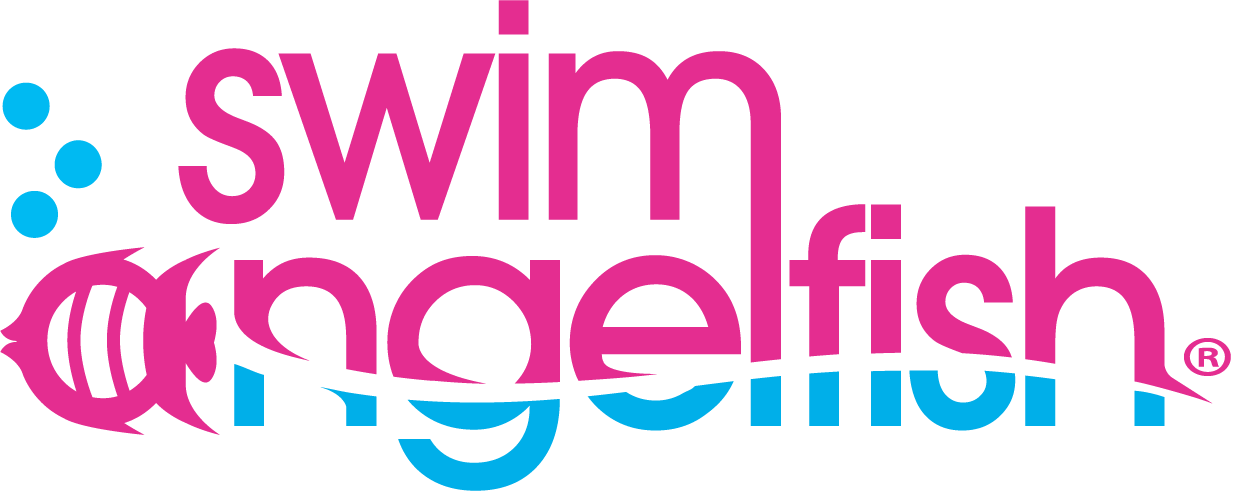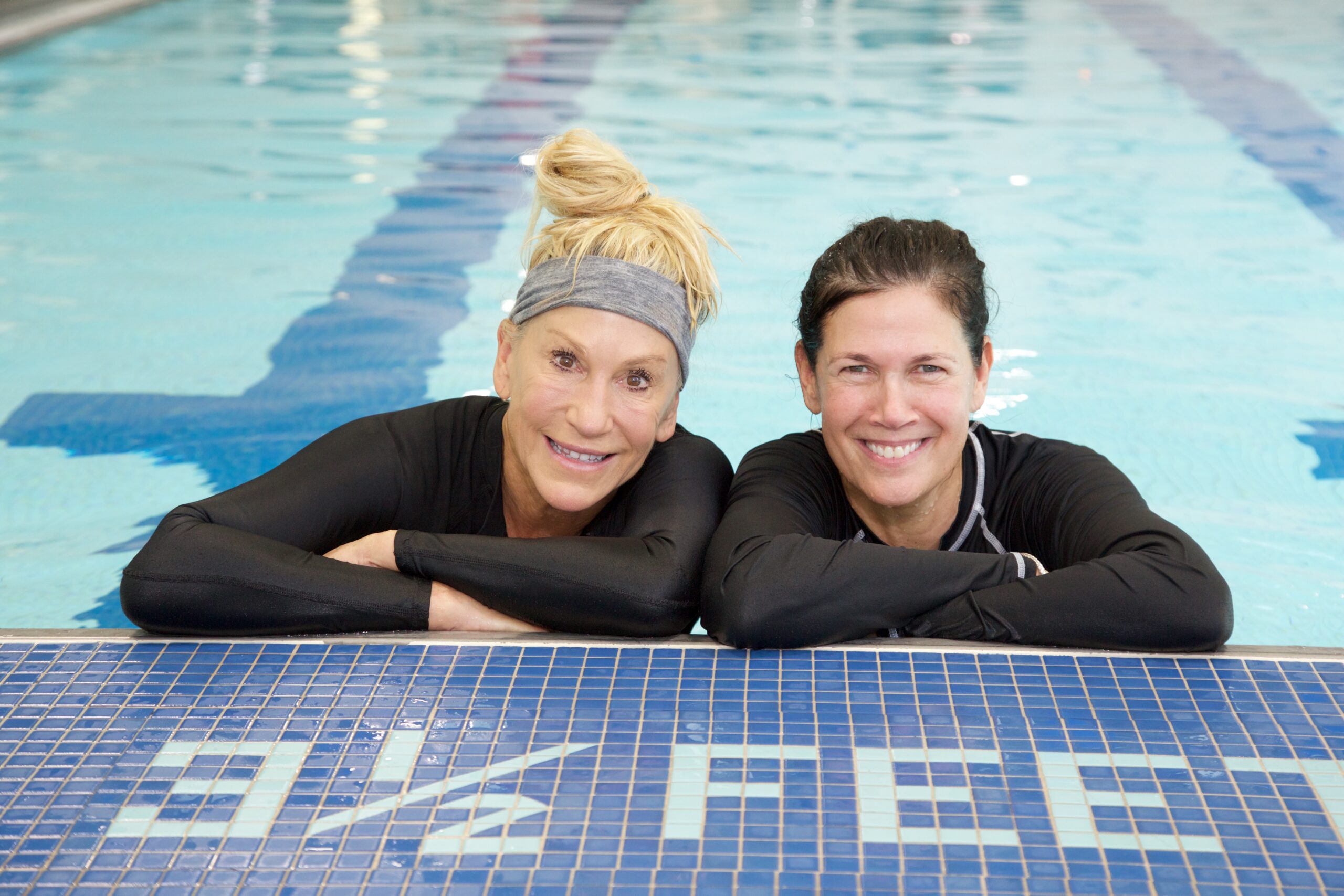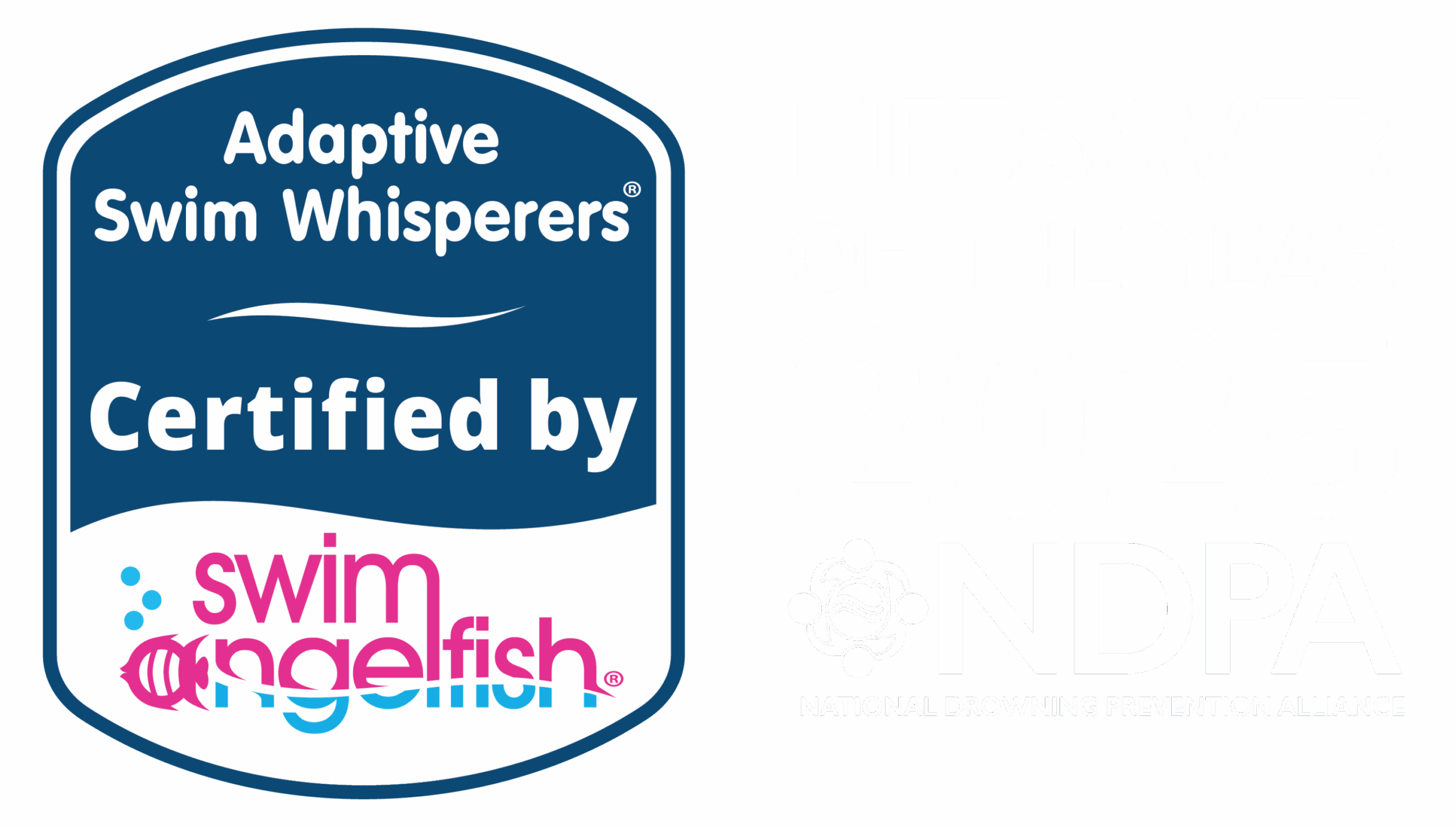How to Evaluate Instructor Skills for Teaching All Abilities
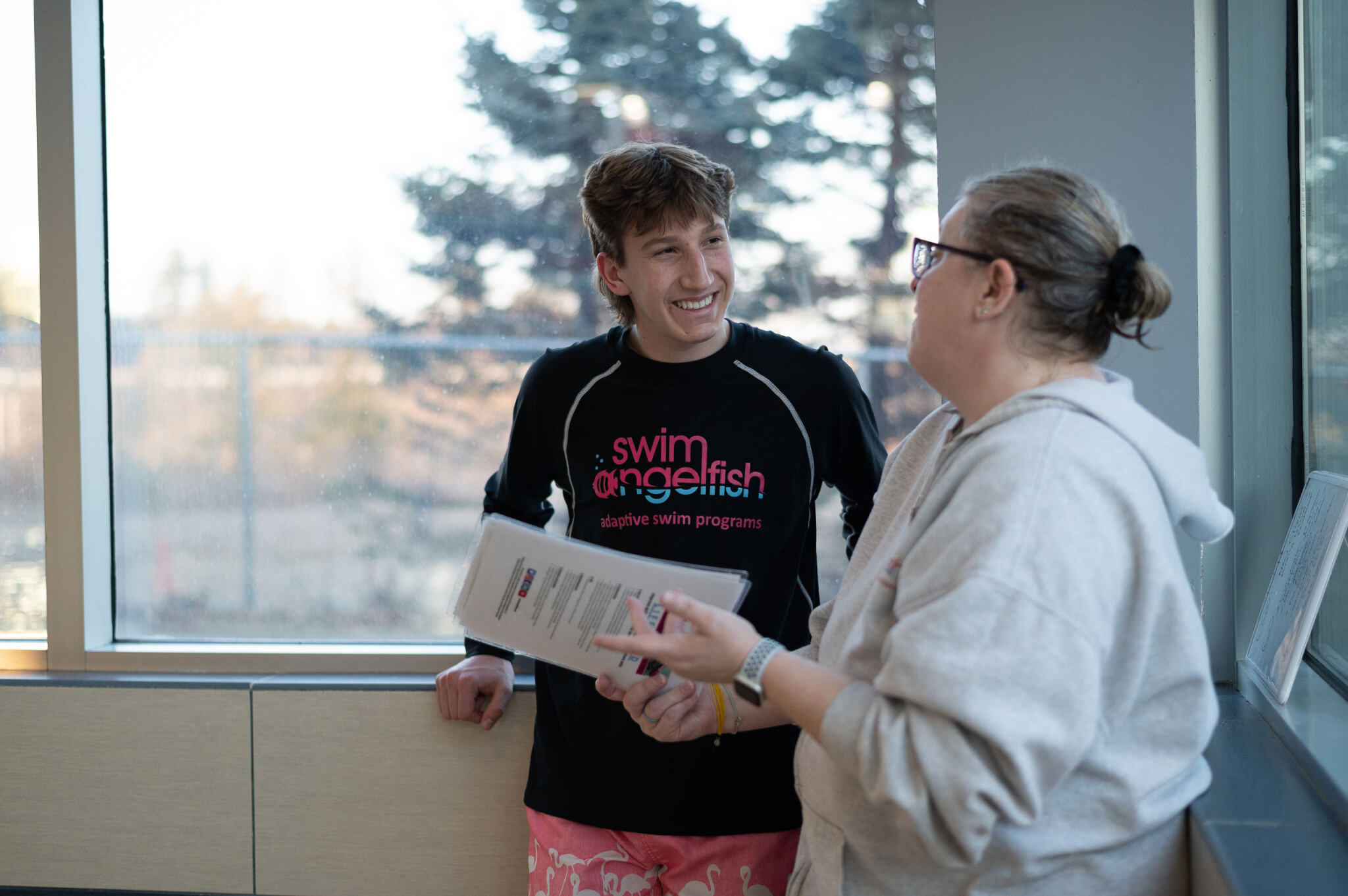
Ensuring every child feels included and thrives in the water requires more than just standard swim instruction. It demands a team of instructors equipped to teach all abilities. But how do you assess these nuanced skills and foster continuous growth? It starts with a comprehensive approach to instructor evaluation and development.
Power of Performance Reviews in Swim Schools
Performance reviews are far more than just a formal checkbox or a way to pinpoint skill gaps. When done right, they’re a powerful tool for professional development, leading to improved student outcomes, boosted team morale, and a stronger swim school overall. Performance reviews are instrumental in nurturing staff growth and development, fostering a continuously improving team.
To make a real impact, these reviews need to be comprehensive. This means looking beyond basic swim instruction skills to assess a wider range of adaptive and inclusive coaching skills and techniques. Implementing performance reviews is a key component of identifying a swim instructor’s continuing education needs.
Creating a supportive culture within your team where staff are encouraged to provide and receive open and honest 360 feedback, should help the ‘annual’ performance review process go smoothly.
Early identification of staff challenges or skill gaps is instrumental. It ensures your team gets the support, development, and growth they need, while also making sure swimmers receive timely help to progress toward their swim skill benchmarks.
While ongoing, informal feedback is vital throughout the year, planned annual performance reviews provide a structured opportunity to identify significant development opportunities and celebrate successes.
Identifying Skill Gaps Across All Abilities
To effectively evaluate your instructors, you need well-rounded assessment benchmarks that cover the full spectrum of teaching needs. What should you be looking for?
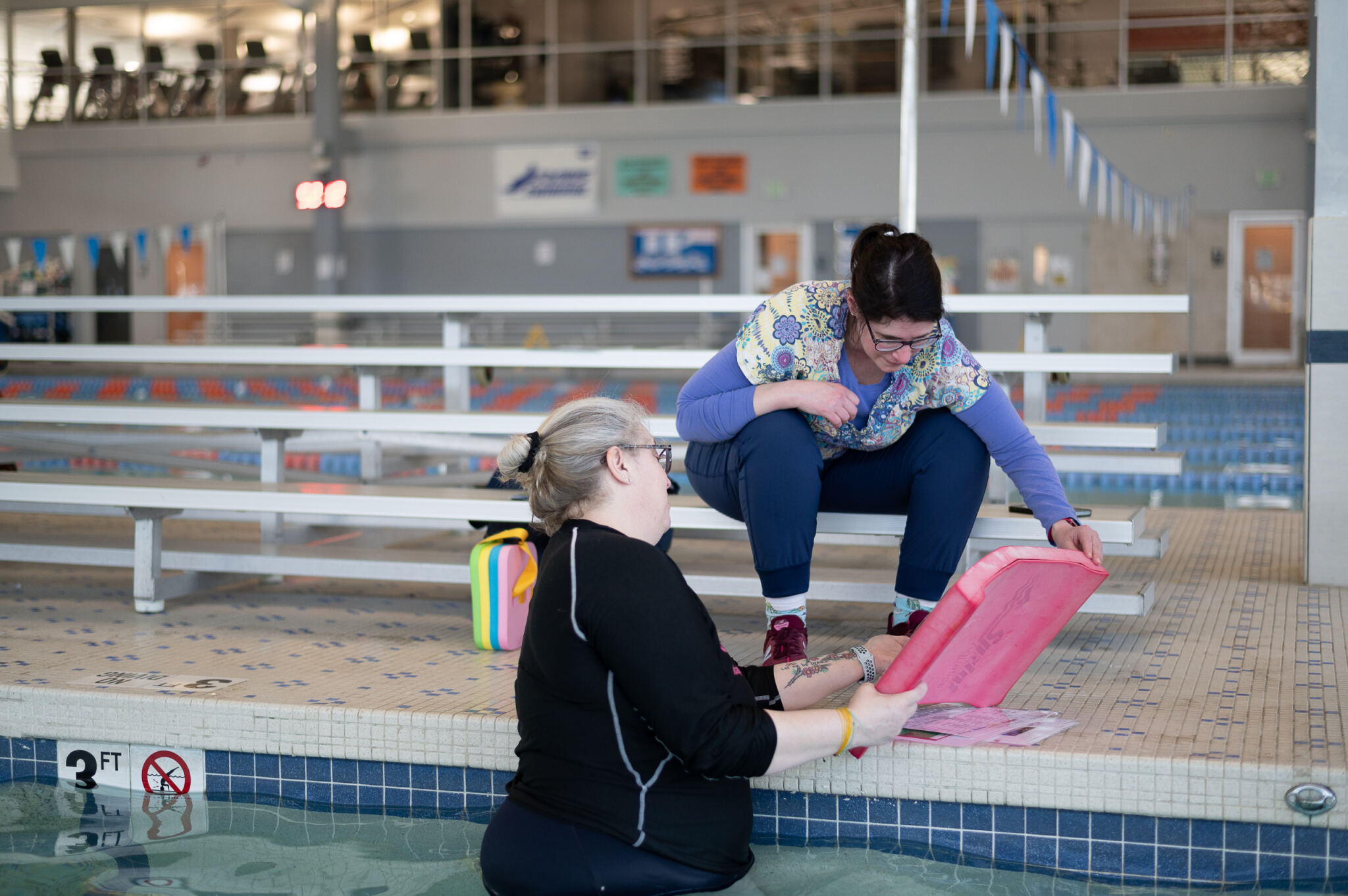
Spotting Nuances: The Neurodivergent Swimmer
A critical area for evaluation is an instructor’s ability to connect with and effectively teach neurodivergent swimmers. This isn’t about finding fault, but about identifying areas where specialized training can make a real difference.
What specific behaviors or outcomes might indicate an instructor is struggling?
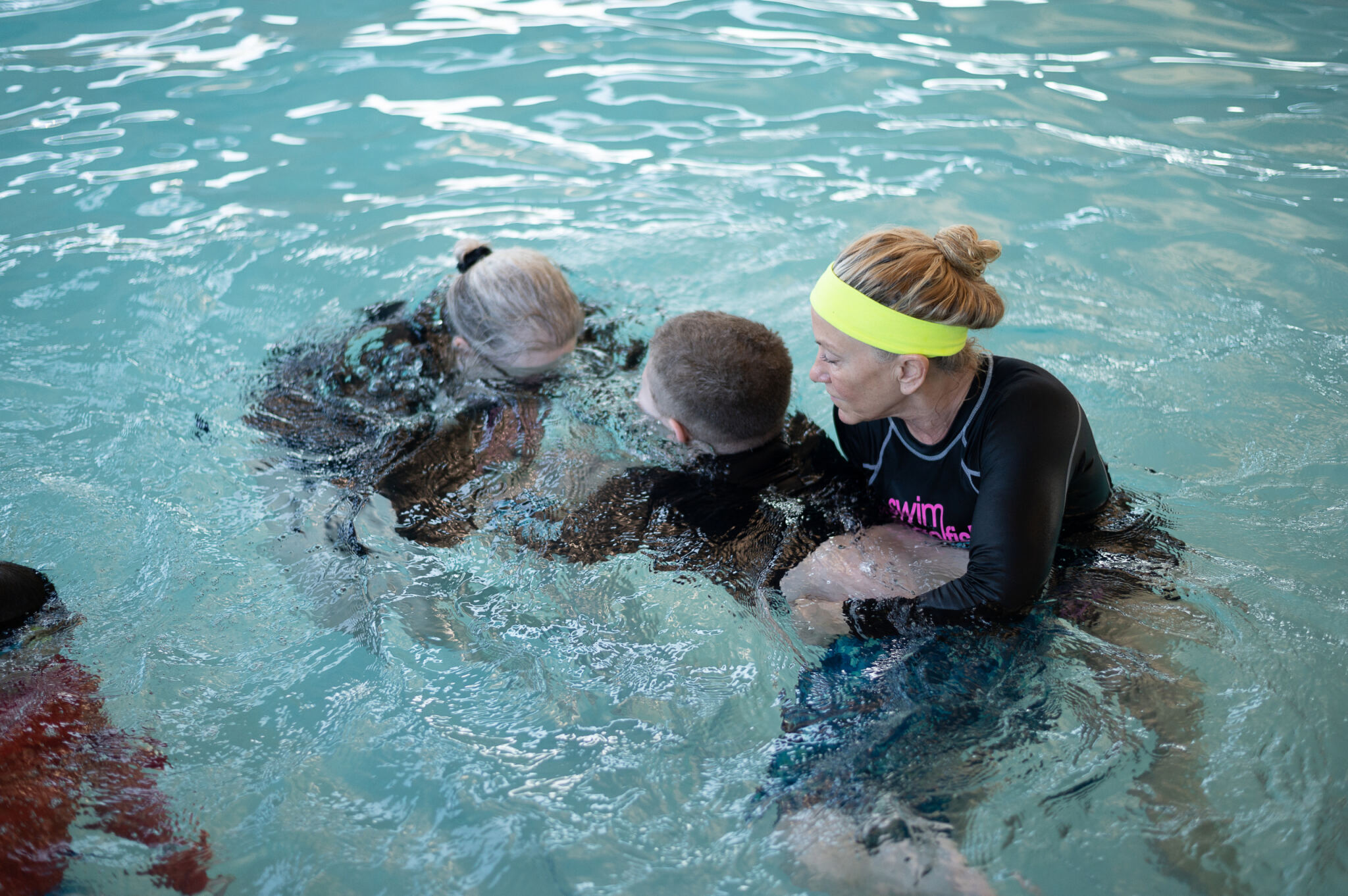
Observing these signs can highlight that an instructor might benefit from more specialized training in understanding and applying adaptive strategies. This is about identifying growth opportunities to ensure every swimmer receives the support they need.
Strategies for Effective Skill Gap Analysis
To gain an accurate picture of instructor skills and identify areas for growth, take a comprehensive approach:
Providing Targeted Training and Support
Once development opportunities are identified, the next step is providing tailored support which could include continuing education and professional training. Move beyond generic courses and workshops to specific training that directly addresses identified needs.
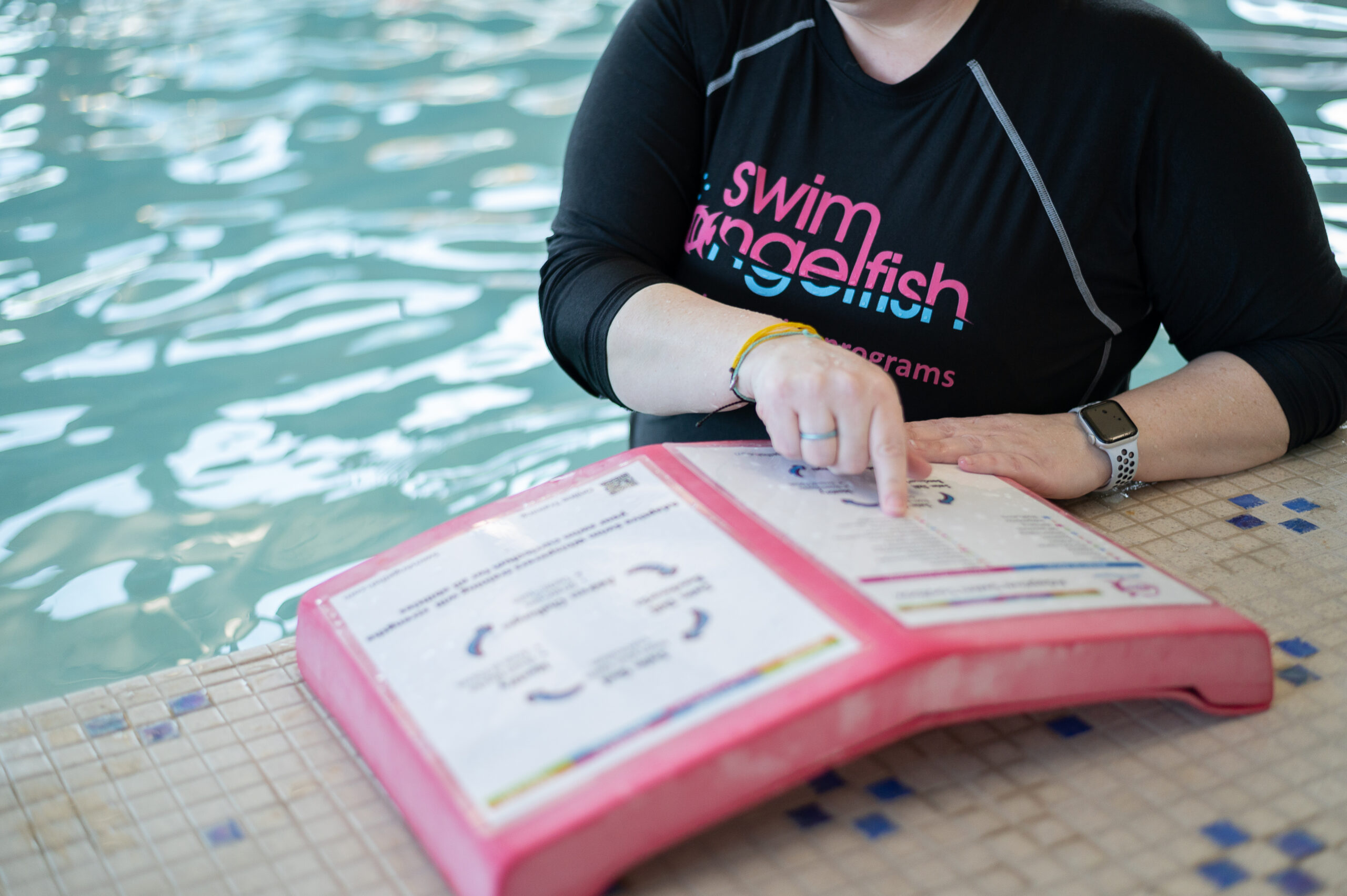
Considering the individual needs of each of your instructors and understanding how each person prefers to learn and grow should be at the core of any Professional Development Plan. Helping your team identify their strengths and being self-aware can take time and effort, but it is worth it when you empower a solid team built on the foundation of trust.
Planning for Adaptive Swim Training in Your Budget
For aquatic directors and managers, planning your annual training and development budgets means anticipating demand. It’s vital to recognize the increasing prevalence of neurodivergent swimmers. The rise in autism diagnoses means your facility is already, or soon will be, serving a significant number of neurodivergent clients. For example, in the US, 1 in 36 children have been identified with autism spectrum disorder (CDC, 2023).
Addressing the Skill Gap Proactively
While your current instructors are likely skilled in general swim instruction, they may not possess the specialized knowledge and techniques required to effectively teach neurodivergent individuals. This isn’t a failing on their part, but a critical skill gap that needs to be addressed through targeted training.
The Business Case for Inclusivity
Investing in adaptive training offers clear business advantages:
- 1Meeting Client Needs
Providing instructors with adaptive training ensures you can genuinely meet the diverse needs of all your clients, leading to better learning outcomes and increased client satisfaction. - 2
Competitive Advantage
Offering specialized instruction for neurodivergent swimmers can differentiate your program, attracting a broader client base and enhancing your reputation as an inclusive and competent facility. - 3Instructor Confidence & Retention
Empowering your staff with these essential skills boosts their confidence, reduces frustration, and contributes to a more capable and satisfied team.
When planning for the year ahead, allocate specific resources for adaptive swim training. View this not as an expense, but as an essential investment in your program’s quality, inclusivity, and long-term success.
Your Adaptive Solution: Empowering Instructors with Swim Whisperers®
The identified need for specialized training, especially to teach neurodivergent swimmers and those with diverse needs, can be directly addressed through the Swim Whisperers® program.
The Swim Whisperers course will introduce you to the 14 Common Roadblocks encountered by swimmers with a variety of different needs. You’ll also learn about the 11 Areas of Focus hindering progress towards specific swim goals.
Using the Swim Whisperers® Methodology, you’ll gain the skills to support swimmers with special needs like Autism, Anxiety, motor or physical limitations, sensory challenges, developmental delays, discomfort, and trauma, fostering their safety and independence in aquatic environments.
While our online program lays essential groundwork, truly mastering adaptive swim instruction comes alive when you combine that knowledge with hands-on, in-water workshops. We offer practical in-person training to groups who are Level 1 certified in the Swim Whisperers method.
Empower your team and ensure every child receives the best swim instruction.
